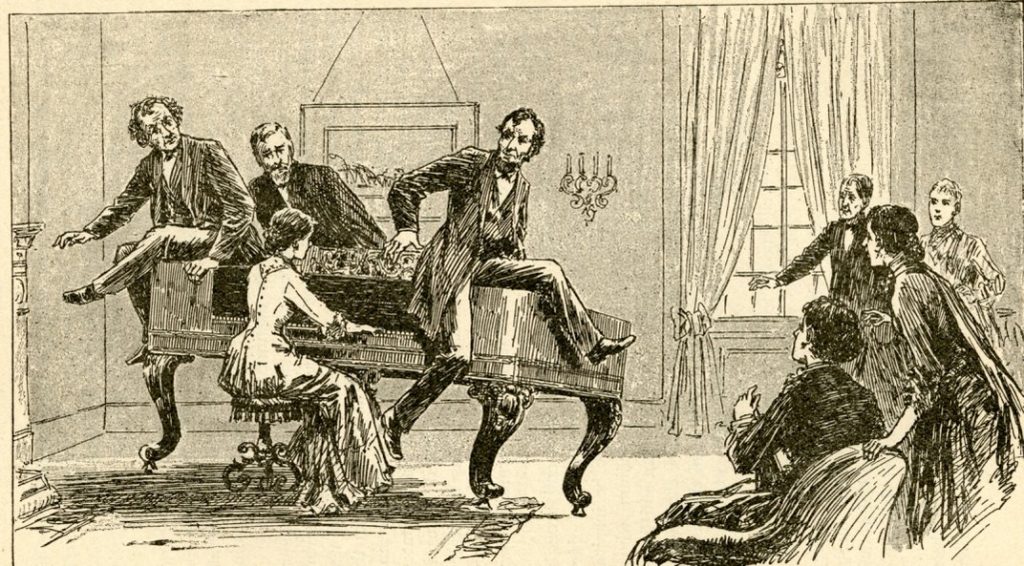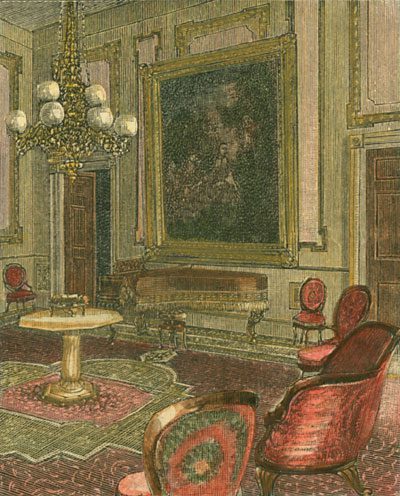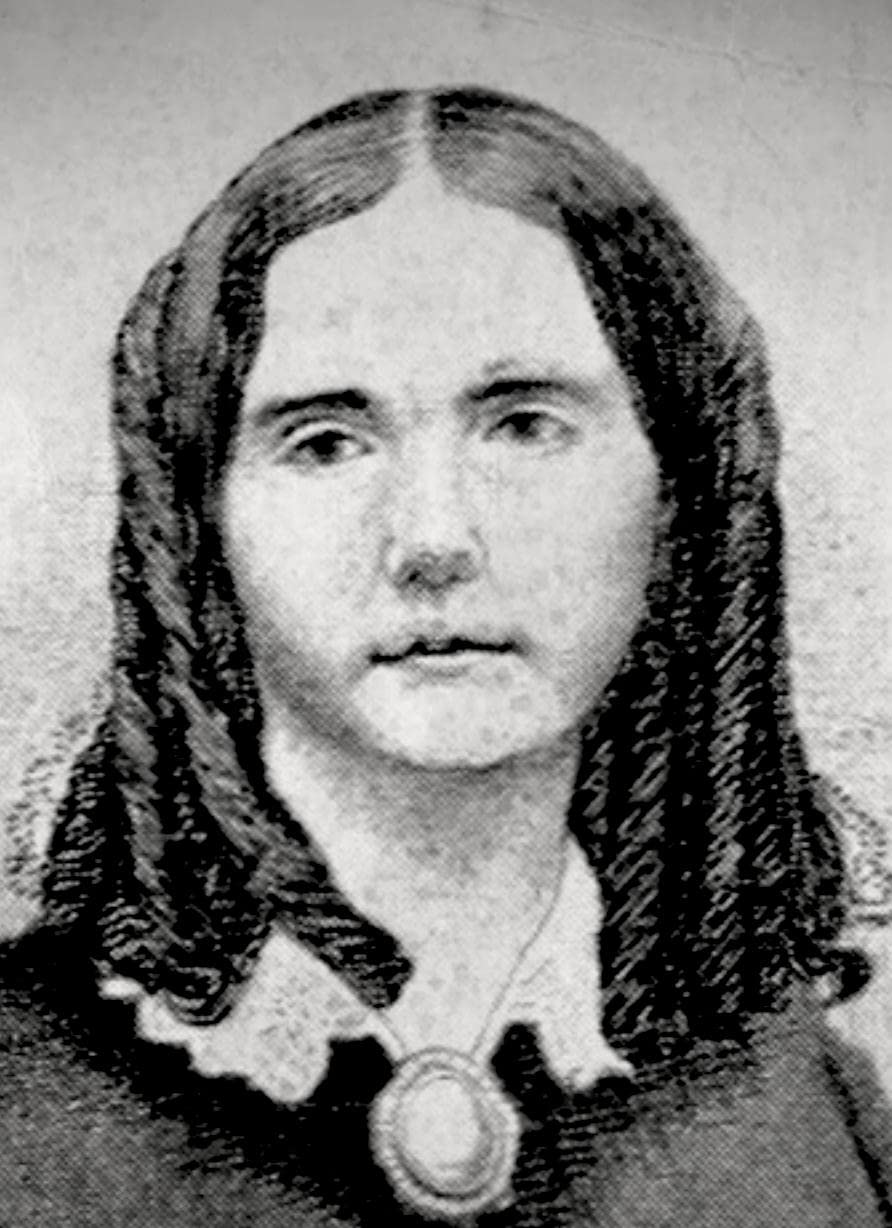In Search of the Witches of Georgetown
By • October 12, 2022 2 1848

I have a pretty modern view of witches: women who were ahead of their time, women who were healers, women who had minds of their own, women who were powerful. And those are some of the qualities I thought earned you the slap of “witch” in days of yore.
But I’m not sure any of those attributes fit the witches we can claim historically as Georgetowners. Living in a home that would have stood in the place where 3327 N Street NW stands today, Margaret Ann and Belle Laurie were a mother-daughter spiritualist duo – and, indeed, the only women ever to be known as “the witches of Georgetown.” While these psychic mediums sure did spooky things, their reputations were defined less by girl power and more by the inconsolable grief of a widow and mother.
Georgetown is no stranger to mysterious women, however. Decades before the Lauries haunted the 1860s, three veiled ladies stepped off a boat at the port of Georgetown turning more than just a few heads. Refugees from the French Revolution, the mysterious women were rumored to be blue-blood, aristocratic, royals fleeing under the disguise of Sisters of The Poor Clares. Mother Marie de la Marche, Sister Celeste Le Blond de la Rochefoucault, and a third only known as Sister St. Luc opened a school in 1798 at Third and Fayette. But, other than their exotic accents and pet parrot, nothing proved particularly witchy about them.
What made the Lauries so intriguing, however, was the sheer magic they reportedly performed. Margaret Laurie summoned the spirits of the deceased, transmitted messages, and used “magnetic” techniques for healing. Belle played pianos and made them levitate. Their powers lit up the Laurie home night after night in storied séances, made famous by attendees who weren’t Georgtowners at all: President Abraham Lincoln and first lady Mary Todd Lincoln.

The White House Red Room in the Lincoln era when The Georgetown Witches helped make seances popular. (Frank Leslie’s Illustrated Newspaper, March 14, 1885 / Courtesy of The Gilder Lehrman Collection, New York)
In his book, Lincoln and the Fight for Peace, John Avalon explains that even though Mary Todd Lincoln was a spiritualist, her husband wasn’t always along for the ride. “His faith grew,” writes Avalon, after “losing his beloved eleven-year-old son Willie.” And the tragedy threw grieving Mary Todd into a binge of psychics, mediums, and metaphysics.
Also known as “the ladies in gray,” due to their nursing uniforms during the Civil War, the Lauries became intimates of the Lincolns (according to Smithsonian Magazine), and were eventually even invited to the White House for several private séances. The Laurie family home’s activities even drew high government officials (some of whom were sent to investigate).
While the President himself was “never a believer”, according to another medium Nettie Colburn Maynard in 1891, on the evening of February 5, 1863 Lincoln arrived in a long cloak for a “circle” or séance detailed in a letter by Jack Laurie. His advisors at the time, of course, kept the soiree well out of the public’s gaze.

Nettie Coburn Maynard, author and Lincon-era medium who helped make The Witches of Georgetown famous. (photographed from miniature, 1863)
Should the President have paid more attention to the witches for a different reason, perhaps because of their acquaintance with Charles Colchester and the rumors he circulated about his drinking buddy, the infamous John Wilkes Booth? Historians and writers, like Terry Alford, have wondered provocatively whether the Lauries could have prevented Booth from shooting Lincoln.
We do know, however, that it was the sad Mrs. Lincoln who, after her husband’s death, “was almost frantic with suffering” according to Michelle Hamilton. Two women, “poured into her ears pretended messages” and the First Lady was, “so weakened that she had not force enough to resist the cruel cheat” eventually causing Robert Lincoln to throw them out of the White House. It’s Hamilton’s guess that these two women were indeed the witches of Georgetown, casting a possibly sinister legacy on the Laurie’s parlor tricks.
In the end, we can believe in “the good witch” or we can simply support Georgetown’s women-on-the-cusp.


Witches of Georgetown? The Lincolns turned to the wicker and damed for counsel. And, the Republicans are still doing it – – policy by witchcraft. Who knows, Emilia may be stirring up Salem.
Great story Emilia!